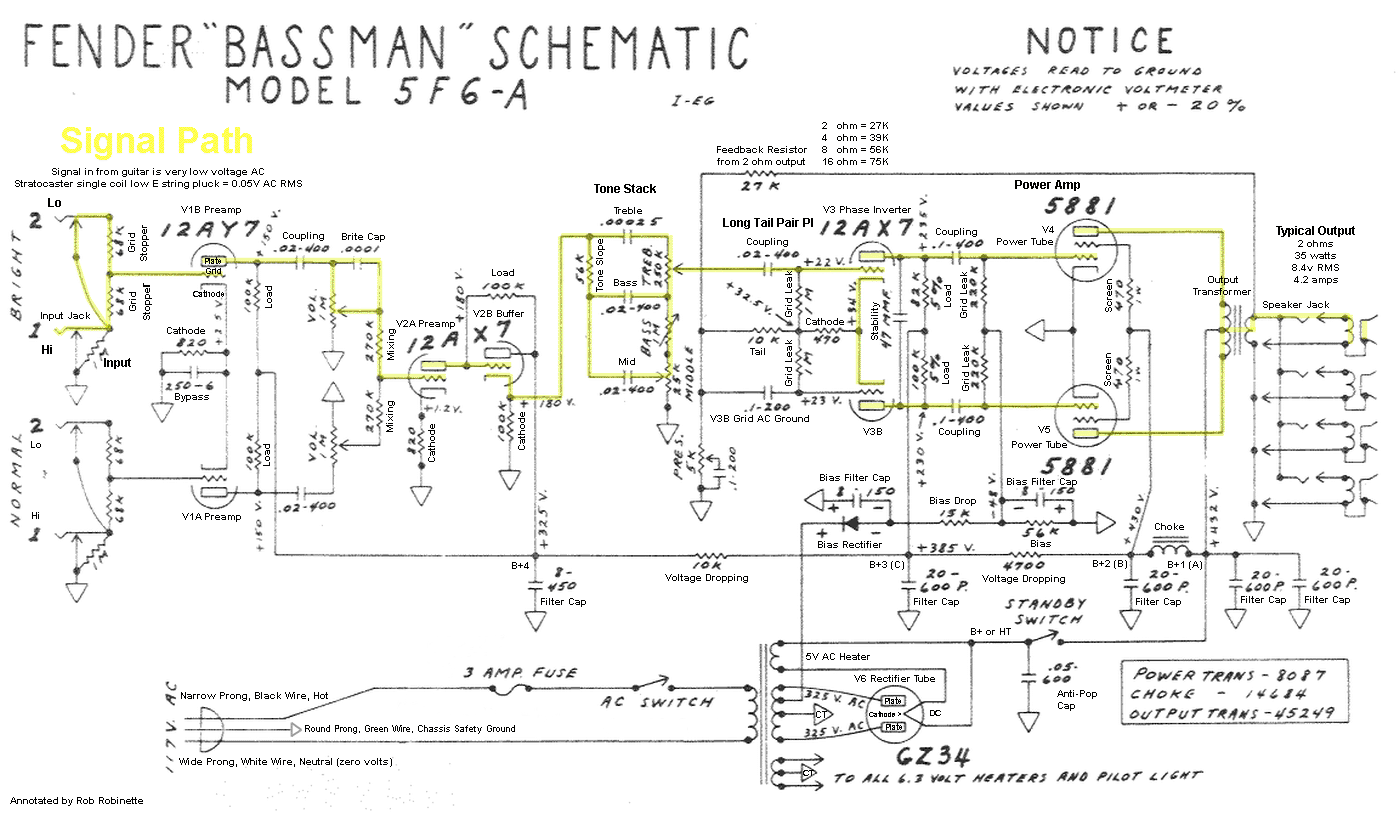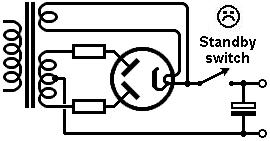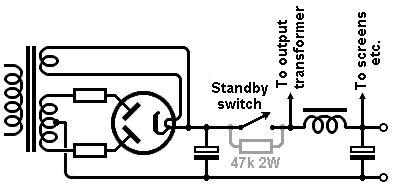Spencerleehorton
Well-known member
I’ve checked the Ceriatone layout and it only has a 12k (which is the first 10k) then a 10k on the B+ not the third 10k?
And something else to consider is my choke is only 3H rather than 7H or I’ve seen 20H on another schematic?
Also the 0.01uf on rectifier and 0.047uf cap on fuse are not there!!?
And something else to consider is my choke is only 3H rather than 7H or I’ve seen 20H on another schematic?
Also the 0.01uf on rectifier and 0.047uf cap on fuse are not there!!?
















